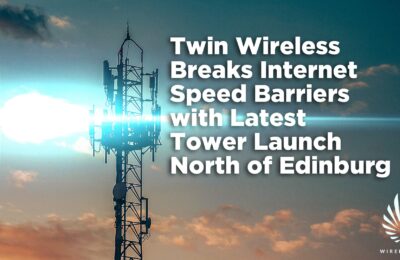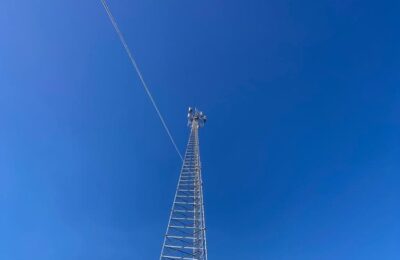Several factors can influence the speed and reliability of a wireless
internet connection. Here are some key considerations:
Distance from the Router:
The farther a device is from the router, the weaker the signal
strength. Walls and obstacles between the device and the router can also impact signal quality.
Interference from Other Devices:
Electronic devices like cordless phones, microwave ovens, and
Bluetooth devices can interfere with WiFi signals, causing disruptions and slowing down the
connection.
Network Congestion:
High usage periods, especially in densely populated areas, can lead to
network congestion. Multiple devices accessing the Internet simultaneously can reduce overall
connection speed.
Router Placement:
The location of the router within your home or office matters. Placing
it in a central, open area can help ensure a more even distribution of the WiFi signal.
WiFi Channel Interference:
Routers operate on different channels, and overlapping channels can
cause interference. Adjusting your router to a less congested channel can improve performance.
Router Capacity and Technology:
Older routers may not support the latest WiFi standards, resulting in
slower speeds. Upgrading to a more advanced router with the latest technology can enhance
performance.
Number of Connected Devices:
The more devices connected to a network, the more bandwidth is shared.
If too many devices are using the internet simultaneously, it can lead to slower speeds for each
device.
Wireless Security Protocols:
Encrypted connections (WPA2, WPA3) provide security but can slightly
impact speed. Choosing an appropriate security protocol is essential for a balance between
security and performance.
Internet Service Provider (ISP) Speed:
The speed of your Internet connection from your ISP is a crucial
factor. Even with a robust WiFi setup, the overall speed is limited by the plan you subscribe
to.
Weather Conditions:
Extreme weather conditions, especially heavy rain and storms, can
affect the wireless signal, causing temporary disruptions or slowdowns.
We work hard to make sure that these factors don’t impact the
reliability and impressive uptime of the service we offer you.






